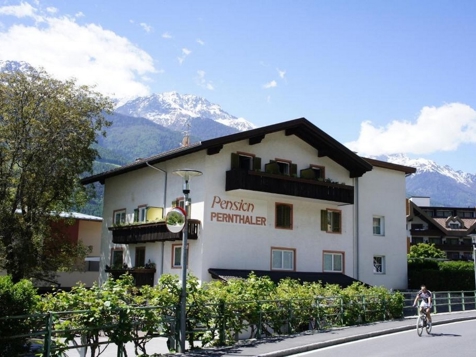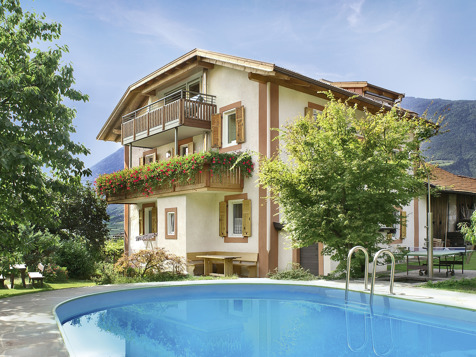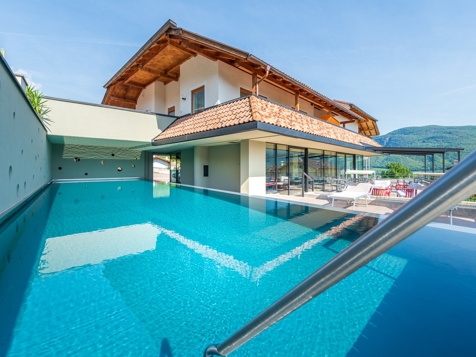











From the Stone Age to the Frankish Empire
For the time between the late Palaeolithic and the Mesolithic, human signs of settlement have been detected in South Tyrol. In fact, residues of hunting camps were found in Ulten Valley, in the Sarntal Alps, on Vigiljoch and in Naturns. In the Neolithic period, people become sedentary and began with farming and cattle breeding on the fertile mid-altitude plateaus.
Ötzi – the iceman
A spectacular discovery from the Copper Age was Ötzi, the glacier mummy of Tisenjoch pass, showing interesting facts about life about 5,300 years ago. From the late Bronze Age until the early Iron Age, the was the Laugen Melaun Culture in South Tyrol, named after places of recovery near Brixen. This culture is characterised by elaborately decorated ceramic jars, a well-developed metal processing and weaving. In Tauferer Ahrntal, copper mining was frequent already in the Bronze Age, as there was found a Celtic Bronze axe.
Rhaetians and Romans
From the 6th century, the culture of Fritzens Sanzeno arose in the Central Alps, whose promoters were called Rhaetians by the Romans and Greeks. The origin of Rhaetian tribes is uncertain, but it is sure that they had intense connections to the Etruscans in the south as well as to the Celts in the north. In the 1st century BC, the Romans conquered this region and South Tyrol had than remained part of the Roman Empire until the Migration Period. The Ladin language in Gröden and Gadertal valley is still proof of the Rhaetian and Roman period.
The Saevates also rank among the Fritzens Sanzeno Culture. They settled in the area of St. Lorenzen near Bruneck. This settlement was expanded to a road station by the Romans. The Museum Mansio Sebatum takes its visitors on an exciting journey into the past. The famous Via Claudia Augusta was an important Roman road across the Alps. A precious Roman milestone was found in Rabland, with an inscription proving the course of Via Claudia Augusta.
Ostrogoths and Franks, Lombards and Bavarians
After the fall of the Western Roman Empire in the 5th century, the Ostrogoths ruled over South Tyrol at the beginning. From the 6th century, the Lombards arrived in today’s South Tyrol from the south as well as the Bavarians from the north. In 774, Charlemagne conquered the Lombard Empire. In 788, he also forced the Bavarian duke Tassilo to retreat in the monastery and integrated the Duchy of Bavaria to the Frankish Empire. In 800, Charlemagne had himself crowned to the Roman emperor.
Under the grandchildren of Charlemagne, the empire was split into three parts. The Middle Realm which also included the Duchy of Trento, broke down into the Duchy of Lorraine as well as to the Kingdom of Burgundy and to the Kingdom of Italy.
History
Selected accommodations in South Tyrol

- Small & cosy
- With garden & terrace
- Breakfast buffet
- 3-course menu in the evening in summer
- Numerous leisure activities

- Surrounded by orchards
- Heated outdoor pool
- Garden with barbecue facilities
- Bread service & herb garden
- Guided farm tours on request

- Close to Lake Kaltern
- Double rooms, family rooms & a flat
- Varied breakfast buffet
- Terrace & garden with outdoor pool
- Playground & playroom

- Central location between Bozen & Meran
- Wellness area with natural bathing pond
- Regional specialities
- Family-friendly atmosphere
- Very good transport connections
